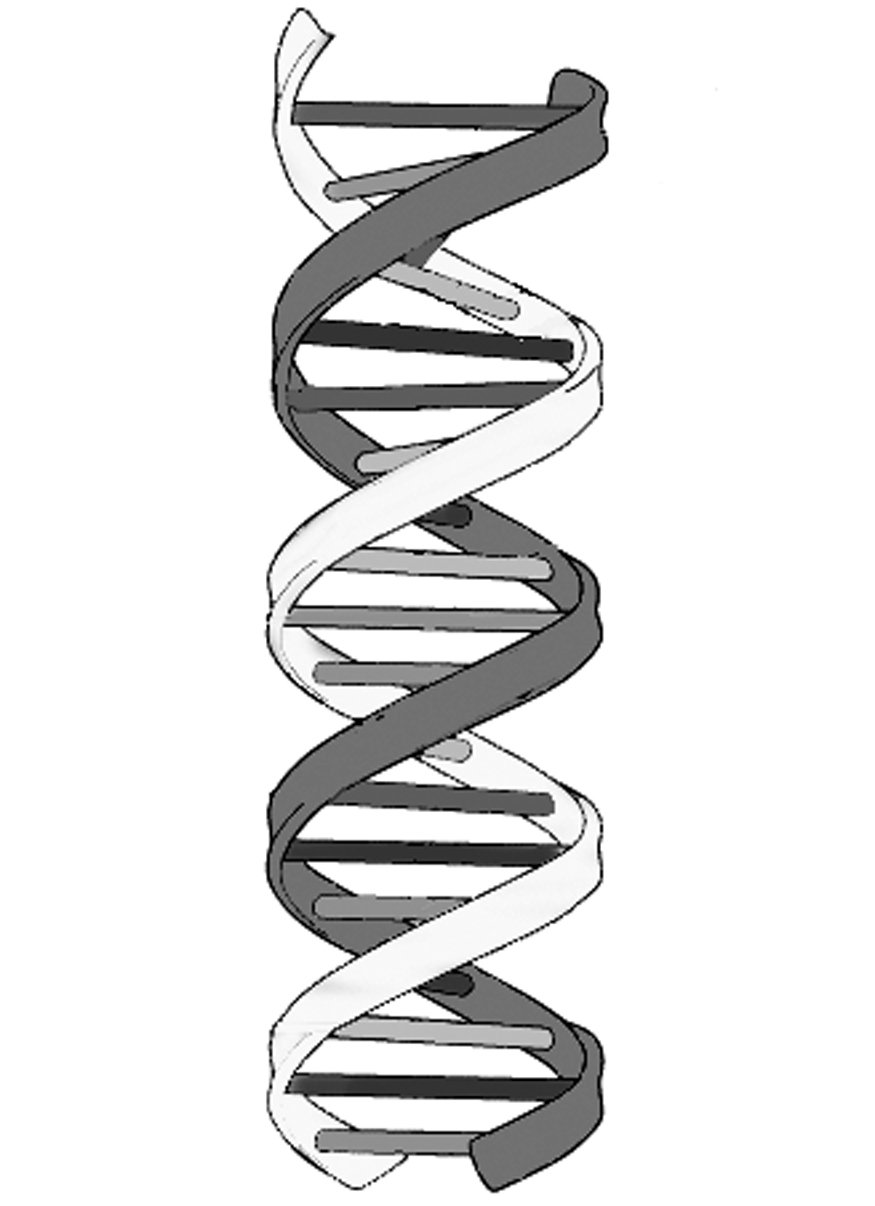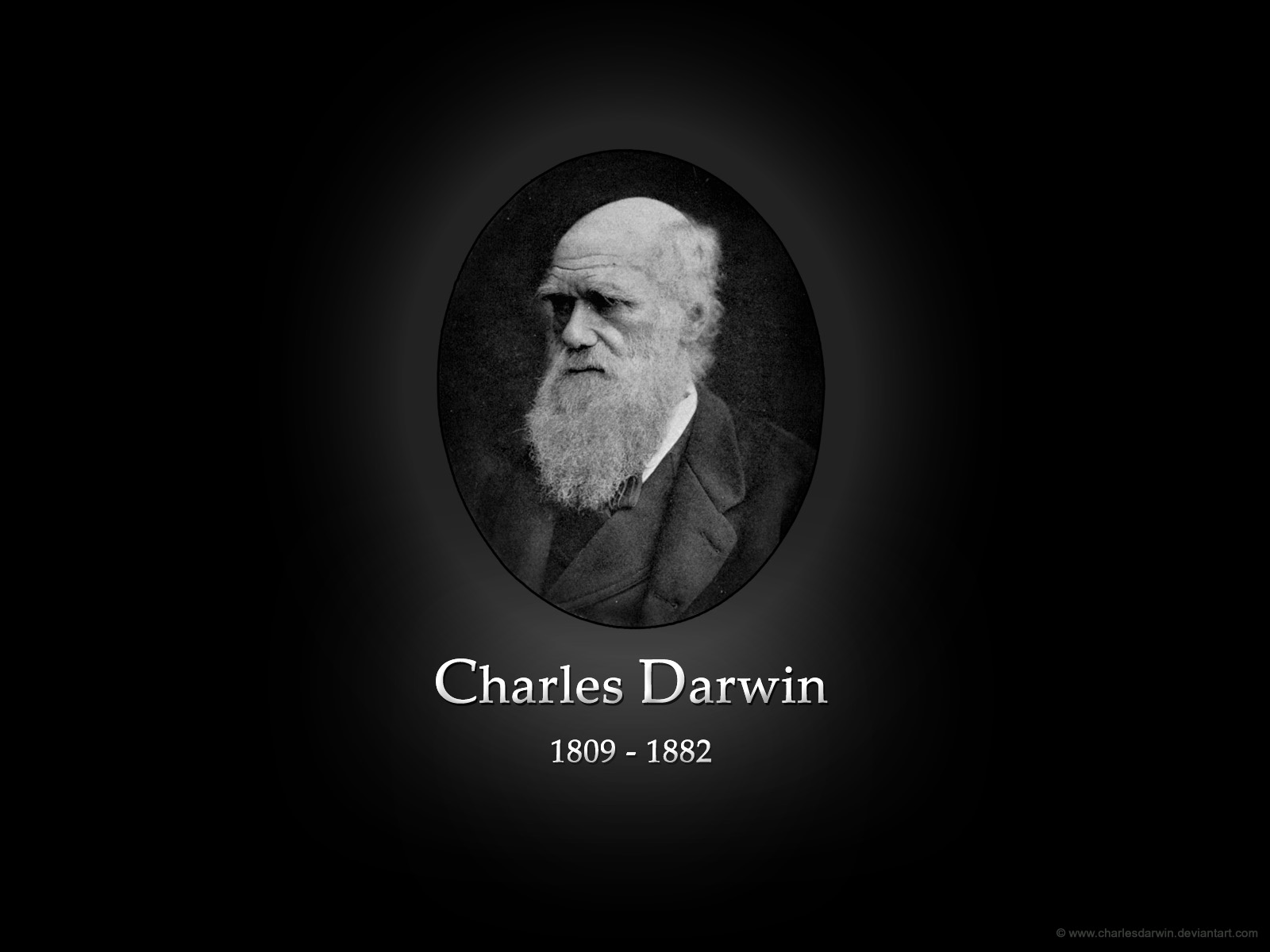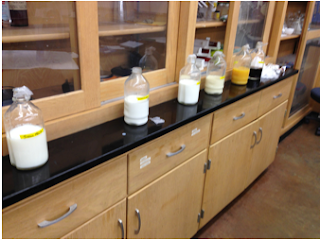Andrew and I's ultra fail...
Today we "learned" about the structure and uses of a DNA strand. Unfortunately our paper cutting activity of creating a DNA model ended in a disaster, and to be honest we did not learn much today. I had to supplement my knowledge through wikipedia that night...
What we wished ours would closely resemble...
.jpg)
What it actually looked like...
Class 21-22
The Results of the PGlo Lab:
During last class, we did a lab called PGlo where we observed the growth of bacteria colonies in 4 different petri dish samples. The purpose of such an experiment is to discover how viruses infect bacteria cells and change their genetic code. We injected pGlo viruses along with E.Coli into our samples, some with antibiotics and some without. The pGlO contains virus gives the bacteria immunity to antibiotics.
During this class, we collected our results and discovered that bacteria colonies grew in petri dishes with PGlo, and failed to grow in ones without, thus proving that PGlo gives antibiotic resistance. However, some PGLO dishes did not glow in the dark, only the positive ones with arabinose...therefore we have seen a new characteristic of genetics, the operon system.
Clear picture describing our results
The rest of the class was spent on learning about DNA replication using our paper models, but since Andrew and I quite literally destroyed our model, we didn't completely understand everything...Back to self-learning for me!
Day 23
We came into the class today quite well informed about protein synthesis, well those of us who watched the video that is. Anyway, on the board was a quite intimidating drawing of protein synthesis' whole process (without labels)...
I went up first to explain the transcription process inside the nucleus...Even though i knew the process quite well, I was overwhelmed by the prying eyes and taunting by Mr. Quick, therefore I jittered and made quite a fool of myself until Missy decided to step up and save my day. It was quite heroic of her. But in the end, we went through protein synthesis and everyone had a great understanding of the subject.
We also did a worksheet explaining codons and their translation into pep-tides.To be honest it wasn't that difficult.
Class 24
With the impending test coming we had a review day of most of the concepts including a more in depth view of the operon system: a control/on-off switch for our cells. We discovered that this had something to do with our +PGLO dishes which are slowly diminishing in glow, the arabinose has been used up.
Our test is next day, and I find no better way than to explain all my knowledge of this unit through a long Mr.Quick like video that I have made to explain this unit fron DNA structure, DNA replication, Protein Synthesis, and the Operon system.
The video can be found on this link: https://sites.google.com/site/seanyangworkhardlabharder/hon-bio-dna

















